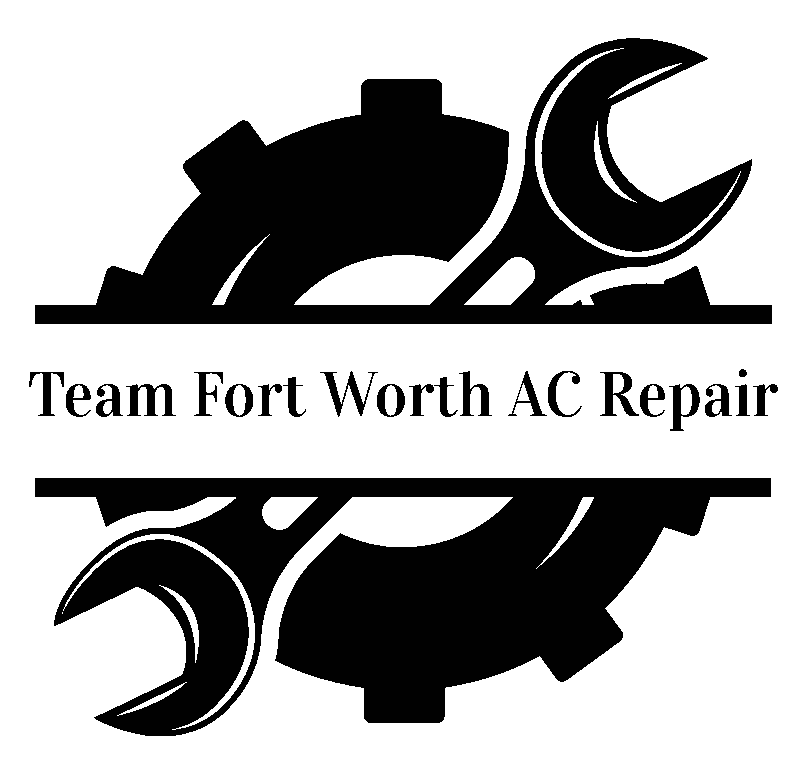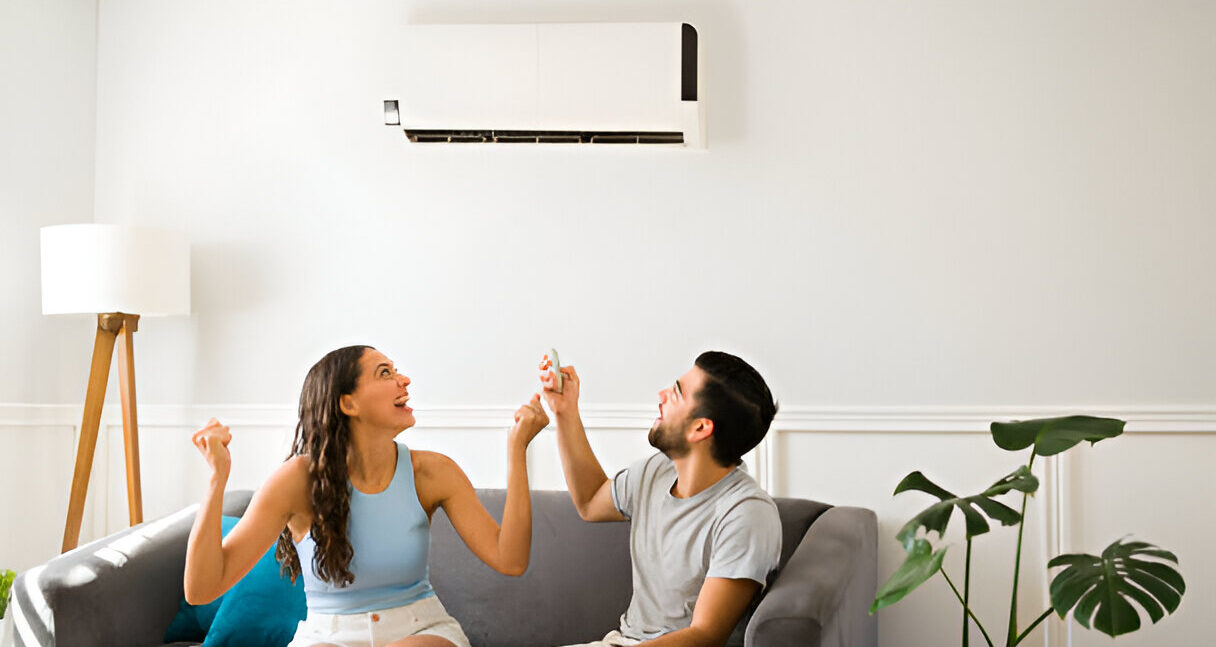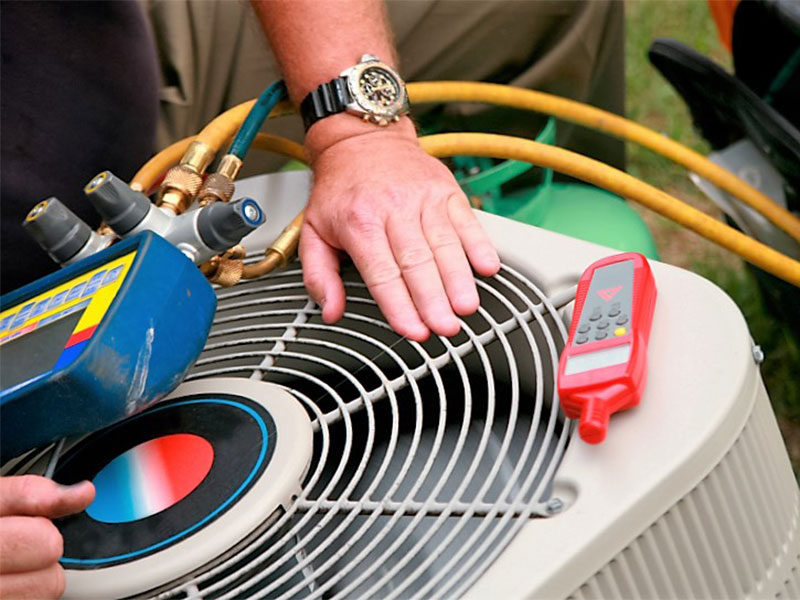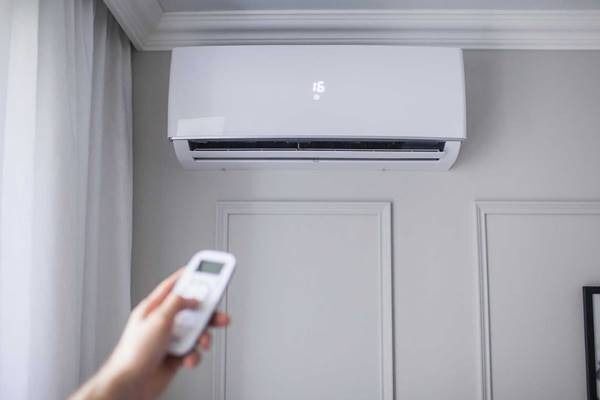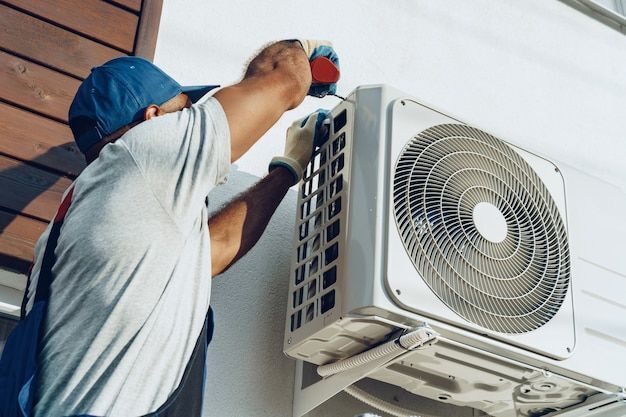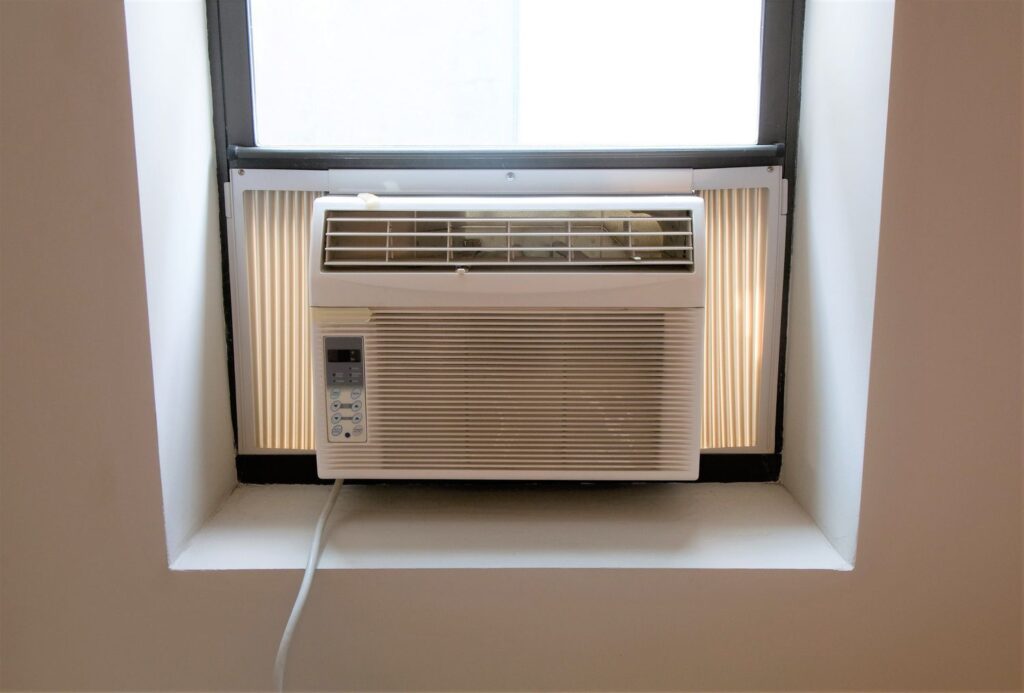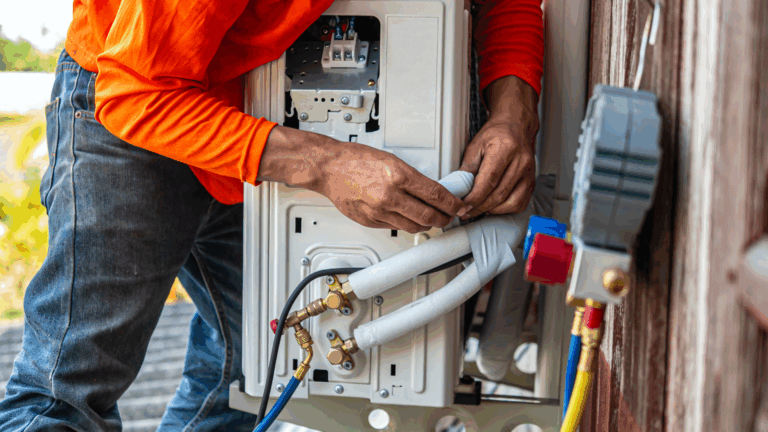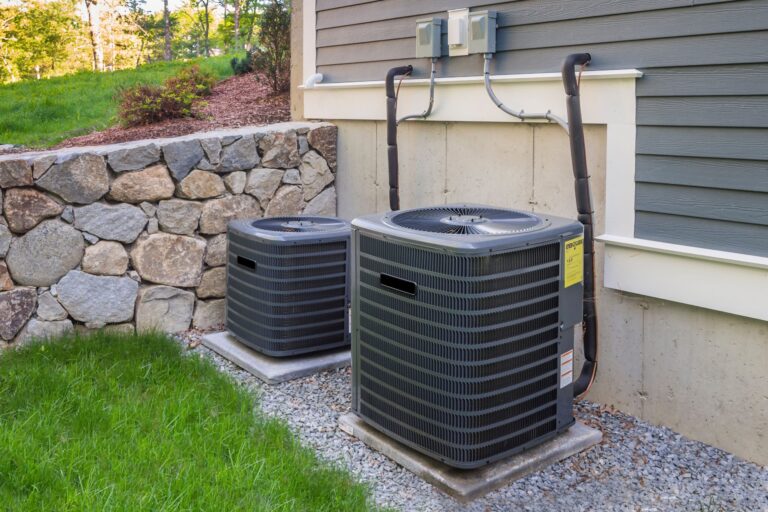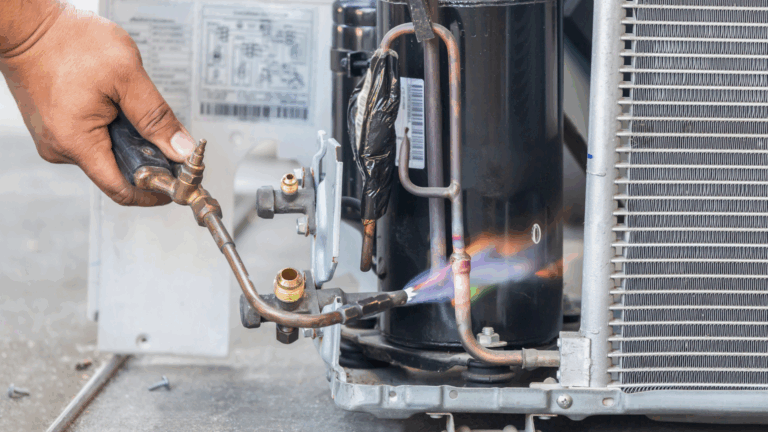How Much Do Air Conditioners Cost? A Complete 2025 Buyer’s Guide
When temperatures start to soar, the last thing you want is an unreliable cooling system. In 2025, as weather extremes become more frequent and energy costs continue to rise, the demand for efficient and affordable air conditioning systems is stronger than ever. Whether you’re replacing an outdated unit, installing central air for the first time, or weighing options for a new construction project, understanding air conditioner costs is key to making a smart investment.
In this comprehensive 2025 buyer’s guide, we’ll walk you through air conditioner prices by type, installation costs, energy efficiency ratings, sizing factors, rebates, and insider tips for saving money without sacrificing comfort.
What’s the Average Cost of an Air Conditioner in 2025?
As of 2025, the cost to purchase and install an air conditioner in the U.S. ranges from $200 to over $15,000, depending on the type of system, home size, installation complexity, and efficiency rating.
Here’s a breakdown of the most common air conditioning systems and their estimated costs:
| AC Type | Unit Cost (USD) | Installed Cost (USD) |
| Window Unit | $180 – $650 | $200 – $750 |
| Portable AC | $300 – $800 | $300 – $850 |
| Ductless Mini-Split | $1,500 – $4,000 | $2,000 – $7,500 |
| Central Air Conditioner | $2,500 – $6,500 | $3,500 – $12,500 |
| Geothermal System | $10,000 – $25,000 | $12,000 – $35,000 |
| Hybrid/Dual Fuel System | $4,500 – $8,000 | $6,000 – $12,000 |
Types of Air Conditioning Systems Explained
1: Window Units
Window ACs are an affordable and quick solution for cooling individual rooms. They fit inside a window frame and vent hot air outside while blowing cool air in.
- Best for: Apartments, dorm rooms, and single bedrooms.
- Pros: Low upfront cost, easy to replace.
- Cons: Noisy, inefficient for large spaces, blocks window use.
2025 Pricing:
- Small (5,000–8,000 BTU): $180 – $350
- Large (10,000–14,000 BTU): $350 – $650
2. Portable Air Conditioners
These plug-in units roll on wheels and vent air through a window or sliding door opening using a hose.
- Best for: Renters or rooms without accessible windows for installation.
- Pros: Portable, no permanent installation.
- Cons: Less efficient, noisy, takes up floor space.
2025 Pricing: $300 – $850
3. Ductless Mini-Split Systems
A ductless system features an outdoor compressor and one or more indoor air-handling units. Each indoor unit cools a specific zone, allowing for independent temperature control.
- Best for: Homes without ductwork, room additions, garages, or upstairs bedrooms.
- Pros: High energy efficiency, quiet, zoned cooling.
- Cons: Higher upfront cost, visible wall units.
2025 Pricing:
- Single-zone: $2,000 – $4,500 installed
- Multi-zone: $4,500 – $7,500+
4. Central Air Conditioning
This is the most common option for cooling entire homes. A central system uses ductwork to distribute cool air from a single outdoor compressor and an indoor evaporator coil.
- Best for: Homes with existing ductwork.
- Pros: Discreet, effective whole-home cooling.
- Cons: Expensive installation if no ductwork exists, requires regular duct maintenance.
2025 Pricing: $3,500 – $12,500 installed
5. Geothermal Cooling Systems
These use underground loops to exchange heat with the earth, offering high energy efficiency and extremely low operating costs over time.
- Best for: Long-term homeowners in regions with stable underground temperatures.
- Pros: Eco-friendly, very low monthly energy use.
- Cons: Extremely high installation cost, not ideal for small lots.
2025 Pricing: $12,000 – $35,000 installed
What Affects Air Conditioner Costs?
Several key factors impact the final price tag of your AC system:
System Size & Capacity
Measured in BTUs or tons (1 ton = 12,000 BTU), system size should match the square footage and insulation level of your home. A properly sized system avoids wasted energy and premature wear.
SEER2 Rating (Energy Efficiency)
In 2025, all new ACs must meet SEER2 standards (Seasonal Energy Efficiency Ratio 2), which replaced the original SEER metric.
- Minimum SEER2 (South): 15.2
- Minimum SEER2 (North): 14.3
Higher SEER-rated systems cost more upfront but save hundreds annually in energy bills.
Brand and Features
Premium brands like Trane, Carrier, and Lennox offer longer warranties and better humidity control but cost more. Value brands like Goodman, Ruud, and Amana provide solid performance at a lower price. Smart features such as app control, variable-speed fans, or integrated dehumidifiers may also affect cost.
Installation Costs: Breaking Down the Bill
Installation is often 40–60% of the total project cost. Here’s a breakdown of common components:
| Installation Component | Cost Range |
| Labor (basic installation) | $1,500 – $4,000 |
| Ductwork (new/repair) | $1,200 – $5,000 |
| Electrical upgrades | $300 – $1,200 |
| Permit & inspection fees | $100 – $500 |
| Old unit removal & disposal | $100 – $300 |
| Smart thermostat installation | $150 – $500 |
AC Repair vs. Replacement: When to Upgrade
If your current AC is:
- Over 12–15 years old: Most air conditioners have a lifespan of 12 to 15 years. If your unit is older than that, it likely lacks the energy efficiency and performance of newer models. Over time, components wear out, and the cost of repairs can add up. Even if it’s still running, an aging system may be costing you more on monthly energy bills.
- Requires major repairs (like a new compressor): A failed compressor or a refrigerant leak can cost thousands to fix. If your repair bill is high, especially more than half the price of a new system, it often makes more sense to replace the unit entirely. Newer models offer better warranties, improved efficiency, and long-term savings.
- Struggles to maintain temperature: If your AC runs constantly but still can’t keep your home cool, it may be losing efficiency. This could be due to failing parts, dirty coils, or simply an undersized unit. Frequent cycling or uneven temperatures throughout the house are signs that your system may no longer be up to the job.
- Uses outdated refrigerant (like R-22): If your AC uses R-22 refrigerant (commonly known as Freon), it’s operating with a coolant that’s been phased out due to environmental concerns. Since R-22 is no longer produced in the U.S., the cost of repairs involving this refrigerant has skyrocketed. Replacing the system with one that uses R-410A or newer refrigerants is both environmentally responsible and more cost-effective in the long run.
Ways to Save on Air Conditioner Costs
- Get 2–3 quotes from licensed HVAC contractors.
- Install offseason (spring or fall) when demand is lower.
- Bundle services, like installing insulation or a furnace.
- Perform annual maintenance to prevent costly repairs.
- Upgrade to smart thermostats to optimize energy use.
Is It Worth the Investment?
Installing a new air conditioner can seem expensive upfront, but it’s one of the smartest ways to increase home comfort, reduce monthly bills, and boost resale value. Whether you choose a basic window unit or a high-efficiency central air system, the key is to match your cooling needs with the right product and a professional installer.
